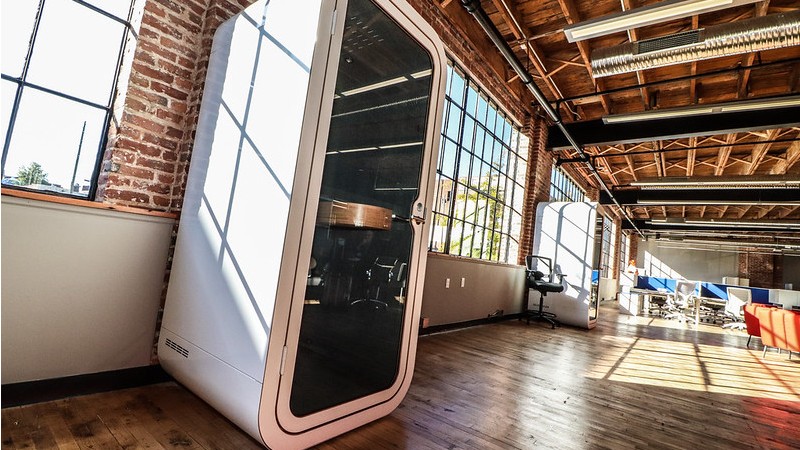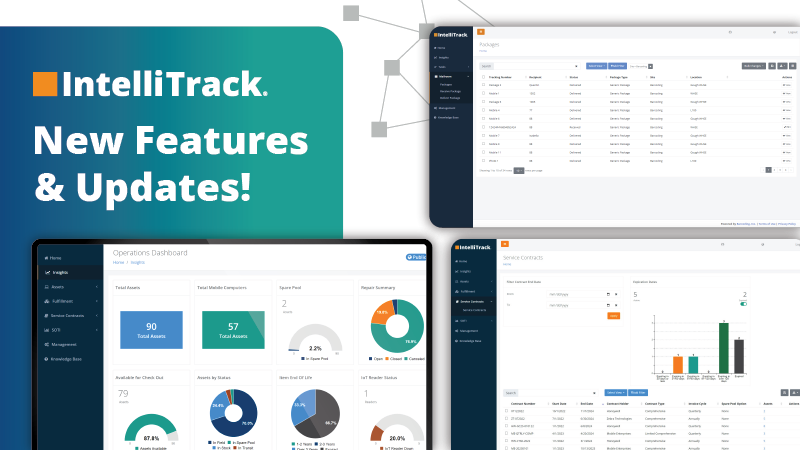It’s exhilarating—and sometimes exhausting—to consider the volume of change warehouse operations have undergone in just the past couple of years. As ecommerce booms, demand is surging for less centralized and more regional fulfillment centers, focused on last mile performance instead of DCs and stores.
At the same time, pandemic-driven supply chain challenges have driven businesses to add safety stock, raising costs and reducing the availability of warehouse space everywhere. Labor shortages make it harder to attract and retain workers.
All together, that leaves it to warehouses to make the leap from pallet handling to item-level picking with fewer workers in less space, all while consumer expectations remain high, focused on price, availability, and your ability to fulfill that same-day or next-day promise. The only way to meet this challenge is by improving warehouse operations.
Businesses that have been unwilling or unable to make transformative changes are suffering. But how do you know your investments today in operational improvements will deliver the ROI you need over time—and how do you know which technologies will continue to serve you into the future?
Improving Warehouse Operations? Think Smarter, Not Bigger
Efficient warehouse operations do more than help you move more units in less time. By deploying the technologies best suited for your enterprise, you stand to reap benefits all across your operations, including:
- Optimizing your footprint for efficiency
- Enabling workers to contribute maximum value
- Enhancing worker safety and reducing job stress
- Controlling costs
- Facilitating business growth
When it comes to warehouse operational improvements, you can find to-do lists a hundred items long—and we know from experience that lists like that are often more overwhelming than helpful. So we’ve refined our recommendations to just six areas of focus where improvements can have an immediate and significant impact.
1. Improve inventory accuracy
You know the results of inaccuracy: back orders, surpluses, errors, delivery delays, lost business, and frustrated employees. But when you know what you have and where it is, that facilitates efficiency and productivity everywhere, from executive-level management decision-making to order picking.
How can you achieve a clearer inventory picture? Warehousing management practices from receiving to shipping matter: proper labeling, scanning products in and out, reviewing physical products against packing documents, reporting damage immediately, and more.
The most effective way to achieve visibility into accurate, enterprise-wide inventory is to get it connected. When you can access your entire inventory in real time on a single dashboard, you’ll never guess again. Integrated labeling systems combined with mobile technologies and enterprise inventory management applications can deliver that level of visibility.
2. Eliminate dead-head activities
An often overlooked fundamental of lean operations is the value of mutual respect between management and employees. Eliminating unnecessary movements from a warehouse layout is about more than saving time and reducing waste and labor costs. It demonstrates value for workers’ time and effort, and shows your desire to empower them to contribute value to operations everywhere possible.
Time-consuming dead-head activities are waste in motion. The less your workers have to move from place to place empty-handed, the fewer overall steps needed to complete a task, the more productive they can be over the course of a shift. And that’s not just important for your operational metrics. It’s also better for worker well-being.
If your warehouse footprint is at capacity, it’s unlikely you can add a conveyor or complex robotics. But your hands aren’t tied. Simple improvements like optimizing footprints, increasing signage, adding scannable barcodes, and managing fulfillment tasks using mobile devices and a warehouse management system and app can create a work environment that runs smoothly and reduces empty effort.
It’s not just minutes-long walks across the warehouse that count as waste. At scale, even microseconds lost to looking down and up can add up fast. That’s where use of voice and heads-up displays can make a major impact by reducing guesswork and errors. Plus, smart safety glasses and voice headsets have been proven to reduce new worker onboarding time, improving time to value up to 70%.
3. Consider the customer’s experience
It can be tempting to focus on KPIs centered solely around the warehouse when evaluating efficiency and productivity. But the changes of the past two years have brought warehouse operations and customer experience much closer, especially among omnichannel retailers that have incorporated in-store pickup, ship-to-store, and item availability data on their ecommerce sites. Retail stores now play an integral role in distribution, and ecommerce is integrated into the in-store experience.
Succeeding at this fully integrated operation just isn’t possible with a lot of one-off, continuous improvement solutions. In fact, too many point-source solutions can leave you with a thick layer of band-aids in the long run, only complicating the work of IT and actually increasing total cost of ownership.
Yes, mobile devices can be an important part of an integration plan. Scannable barcode labels, RFID, and automation can streamline inventory management and order fulfillment like never before. Connecting your inventory data to your enterprise can inform and transform every critical business decision you make. Intimidated by the complexity of an enterprise-wide transformation? That’s how you know it’s the right time to talk to an expert.
4. Choose the right automation for your operation
Robotics deliver a certain “wow” factor, but how do you know they’ll deliver the ROI you need? The answer may be a matter of scale—or of finding the right automation for your operations. Not all robotics are plug-and-play just yet, but costs are coming down and integration technology has improved dramatically. That all adds up to more options for more operations.
And some of the simpler robotics systems are actually as easy to set up and run as that robotic vacuum cleaner you may have added to your own home.
Looking ahead at job markets and production trends, investments in automation will begin to make even more sense, as the unavailability of workers pushes operations to find new solutions. That’s an important consideration for the other optimizations you make now, even if robotics and automation aren’t on today’s to-do list. It’s vitally important to incorporate foundational technologies that will easily integrate with the IoT-driven systems you’ll need in the future.
Transformation is the Solution. Technologies are the Tools
Above all, it’s important to remember that no single technology is a panacea to all our current supply chain, warehousing, distribution, and worker retention challenges. The technologies you choose to integrate into your operations need to be just that—integrated—or you can end up with a patchwork of disparate parts that require even more effort, attention, and individual maintenance to keep it all running. But you don’t have to go it alone.
If you’re exploring the role of mobile technologies in expanding and growing your warehouse operations, you’ll want to download our free whitepaper, Barcoding’s Guide to Warehouse Growth. You’ll see the steps operations of all sizes are taking to modernize, expand, and enhance their competitiveness. Click below to claim your copy today.







